Time: 2025-08-05 16:15:02 Source: Henan Province Jianyun Cable Co., Ltd.
Exporters of power cables to China must ensure compliance with international and Chinese standards to access the market successfully. The International Electrotechnical Commission (IEC) 60502 standard governs power cables with extruded insulation, while the China Compulsory Certification (CCC) is a mandatory safety and quality mark for many products, including cables, sold or imported in China. Understanding these requirements is essential for ensuring product compliance, avoiding customs delays, and meeting customer expectations. This guide provides a comprehensive overview of IEC 60502 and CCC certifications, focusing on their requirements, processes, and implications for exporters, presented in a formal and structured manner.
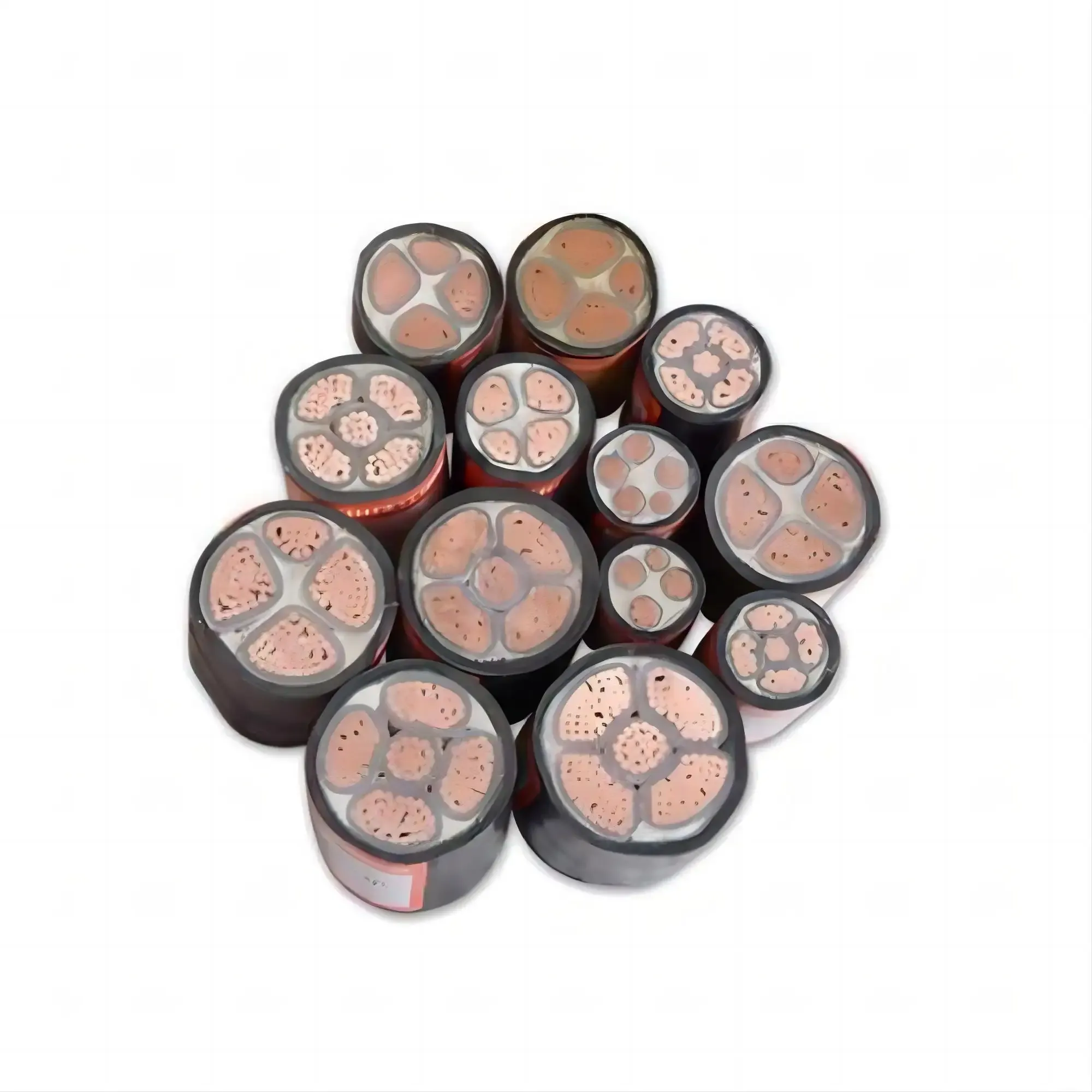
IEC 60502 is an international standard specifying requirements for power cables with extruded insulation (e.g., XLPE, EPR) and their accessories for rated voltages from 1 kV (0.6/1 kV) to 30 kV (26/45 kV). It is divided into parts based on voltage ratings:
The standard covers construction, materials, electrical performance, and testing to ensure safety, reliability, and durability. It is widely adopted globally and aligns with Chinese national standards, which are referenced in CCC certification for power cables.
The China Compulsory Certification (CCC) is a mandatory safety and quality certification administered by Chinese authorities and implemented since May 1, 2002. It applies to 17 product categories, including wires and cables, covering both domestically produced and imported products. The CCC mark ensures compliance with Chinese national standards for safety, health, environmental protection, and national security. For cables, CCC certification typically involves compliance with standards aligned with IEC 60502 for power cables and IEC 60227 for low-voltage PVC cables. Failure to obtain the CCC mark can result in customs detention, fines, or product confiscation.
| Certification | Purpose | Scope |
|---|---|---|
| IEC 60502 | International standard for power cables | 0.6/1 kV to 26/45 kV, extruded insulation |
| CCC | Mandatory safety/quality mark for China | 17 categories, including wires and cables |
IEC 60502 outlines specific requirements to ensure power cables are safe and reliable:
| Requirement | Details |
|---|---|
| Conductor | Copper/aluminum, Class 1/2/5 |
| Insulation | XLPE/EPR, 90°C rating |
| Electrical | >1000 MΩ/km, 3.5 kV AC test |
| Mechanical | Bending radius 6–12x diameter |
Exporters must follow a structured process to obtain CCC certification for power cables, ensuring compliance with Chinese national standards:
| Step | Action |
|---|---|
| Determine Applicability | Check catalogue, confirm exemptions |
| Engage Certification Body | Contact accredited agency |
| Product Testing | Accredited labs, Chinese standards |
| Factory Audit | Quality management, production review |
| Certification Issuance | CCC certificate, mark application |
| Consideration | Details |
|---|---|
| Standards | Align with Chinese national standards |
| Testing | Chinese labs, IEC 60502 reports partially accepted |
| Customs | CCC mark, investigation letter, customs registration |
| Cost/Timeline | $3,000–$10,000, 2–4 months |
| Challenge | Solution |
|---|---|
| Standard Misalignment | Conduct gap analysis between IEC 60502 and Chinese standards; perform additional tests |
| Customs Delays | Include CCC certificate or investigation letter; register with customs |
| High Certification Costs | Leverage existing IEC 60502 reports, negotiate bulk discounts |
| Factory Audit Failures | Implement quality management systems, conduct pre-audit checks |
Exporters of power cables to China must navigate both IEC 60502 and CCC certification requirements to ensure market access. IEC 60502 provides a robust framework for designing safe and reliable power cables with extruded insulation, while CCC certification ensures compliance with Chinese safety and quality standards. By aligning products with Chinese national standards, engaging accredited certification bodies, and addressing customs and logistical challenges, exporters can successfully enter the Chinese market. Proper planning and collaboration with experts ensure compliance, minimize delays, and support long-term reliability for electrical installations.
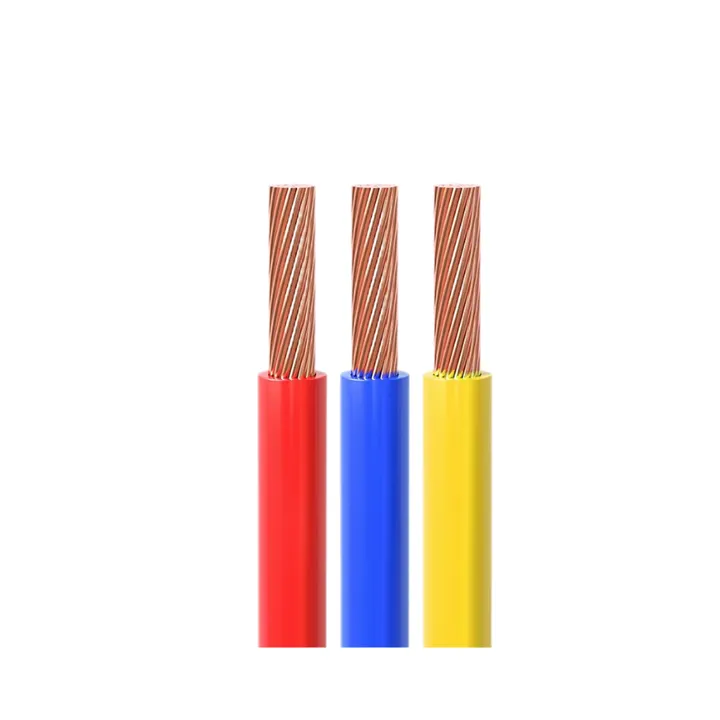
CE Certification 450/750v H07VVF Flexible Copper PVC Insulated Ac Cable 3*2.5 Mm
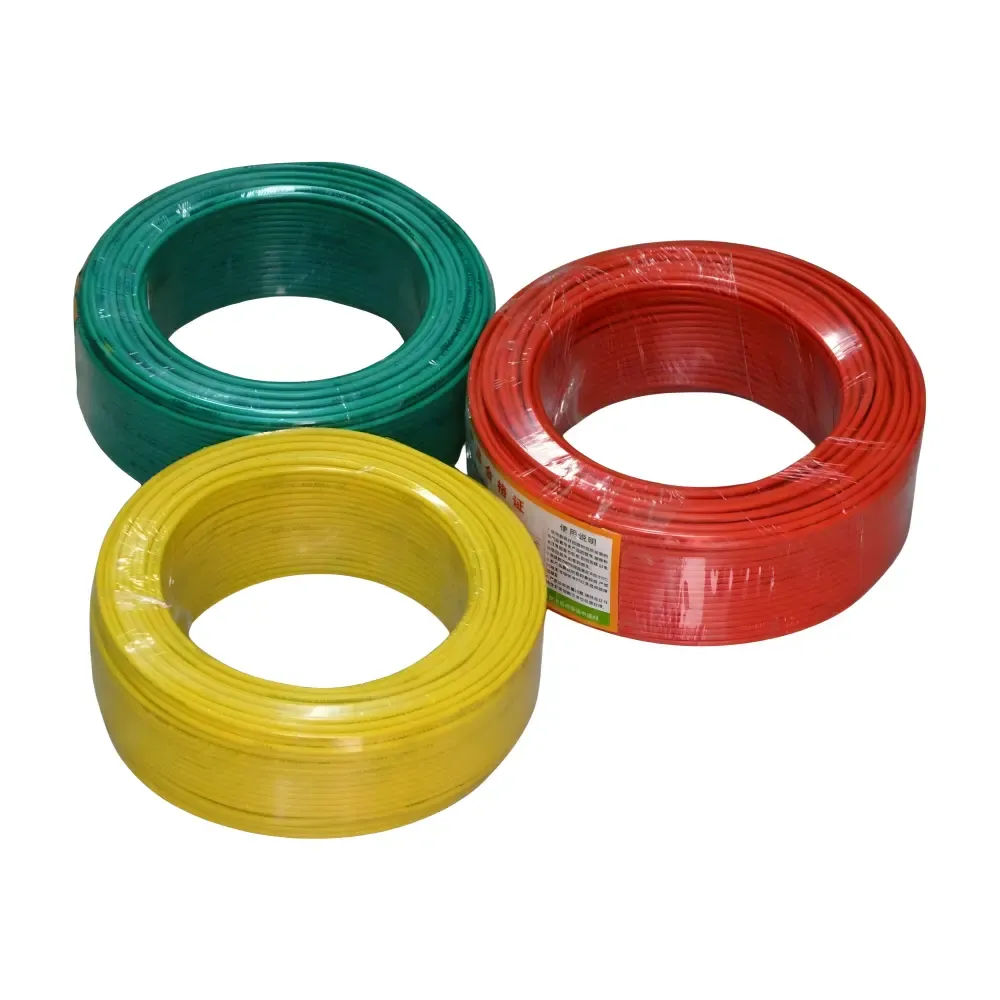
low voltage copper conductor PVC insulation underground BV BVR cable for industr
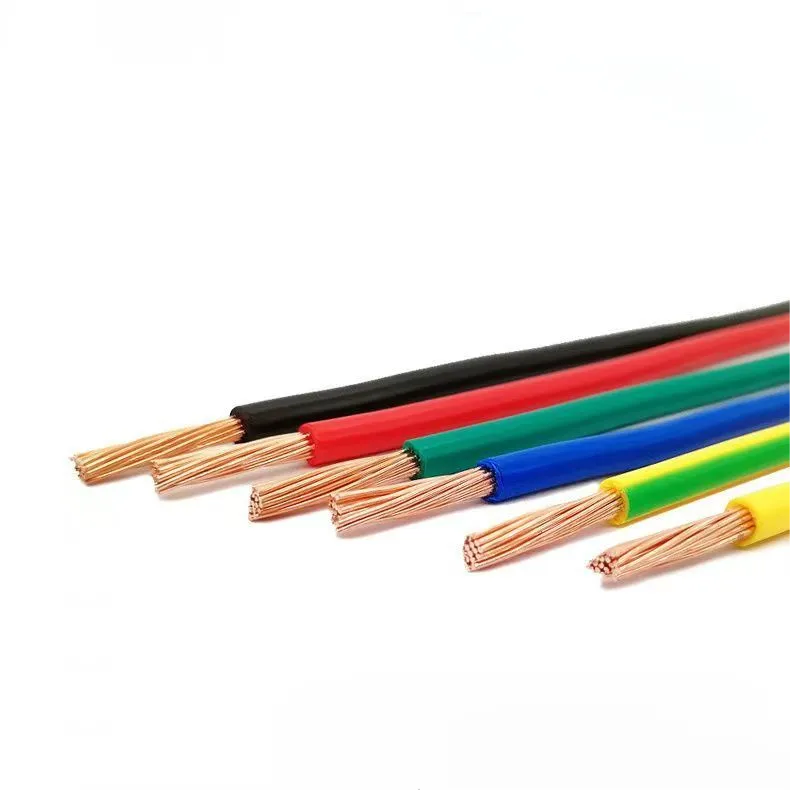
PVC electric wires are one of the most widely used electrical conductors in resi
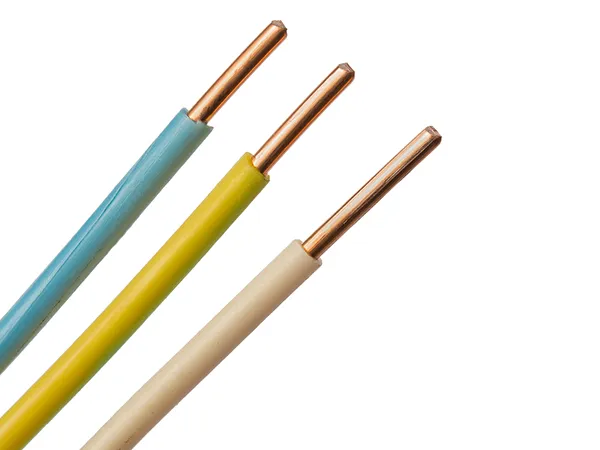
H07V-U wire is a flexible, low voltage electrical wire commonly used in industri